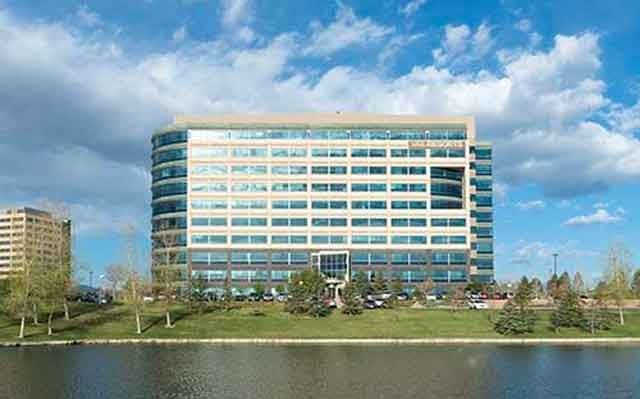Whistler Blackcomb's (WB) first full year under the Vail Resorts' banner has paid off in spades for the Colorado ski resort operator.
Detailing the company's performance over the past fiscal year, which ended July 31, an earnings report last week showed that Vail Resorts (VR) has increased visitation 20.1-per-cent, for a total of 12 million skier visits. WB no doubt played a huge role in bolstering those numbers, as VR experienced a 5.4-per-cent decline in visitation to its U.S. resorts, "primarily as a result of the poor early season conditions in Colorado and the late timing of the Easter Holiday," according to the report.
"...Whistler Blackcomb delivered outstanding results that were well above our expectations, benefiting from excellent conditions throughout the season and a low Canadian dollar relative to the U.S. dollar driving significant destination growth from U.S. and other international guests," said Vail Resorts CEO Rob Katz.
Overall, the Broomfield-based company counted US$210.6 million in net income in fiscal 2017, a 40.6-per-cent jump, while total net revenue rose 19.1 per cent to US$1.9 billion, "primarily attributable to revenue from Whistler Blackcomb."
The boost Vail Resorts has enjoyed by adding North America's largest ski resort to its portfolio was evident across nearly all segments of its operations. The company's total lift revenue rose 24.4 per cent, to $160.3 million, for the year; with WB excluded, lift revenues increased by just 6.4 per cent.
Ski school revenue went up by a similar percentage — 24.1 per cent — to US$34.5 million. Taking WB out of the equation, those revenues would have amounted to a 2.7-per-cent bump compared to the previous year.
Retail and rental revenues climbed 21.7 per cent to US$52.3 million. That would have been only a 0.8-per-cent hike without WB in the mix. Dining revenues, meanwhile, rose US$29.6 million, or 24.4 per cent. The revenue increase amounts to just 0.8 per cent over the year with WB excluded.
On the flipside, last year's takeover of WB has, of course, also led to an increase in costs at Vail Resorts. Operating expenses jumped 18.8 per cent in the past year to US$165.9 million, largely due to the inclusion of WB's expenses and the $10.8 million in "acquisition and integration related" costs.
Vail's emphasis on its relatively inexpensive, multi-resort Epic Pass has driven strong pass sales as well. Through Sept. 24, season pass sales for the upcoming North American winter season had increased roughly 17 per cent in units and 23 per cent in sales dollars compared to the same period last year. Katz said Vail Resorts' season pass program "continued to drive both growth and stability," marked by a 32.9-per-cent increase in revenue from season pass sales.
"Additionally, we saw a significant increase in Whistler Blackcomb pass products, in large part due to an earlier price deadline than Whistler Blackcomb has had in the past," noted Katz, adding that the company expects "a more modest" growth rate moving forward.
The full quarterly report can be viewed at investors.vailresorts.com.




